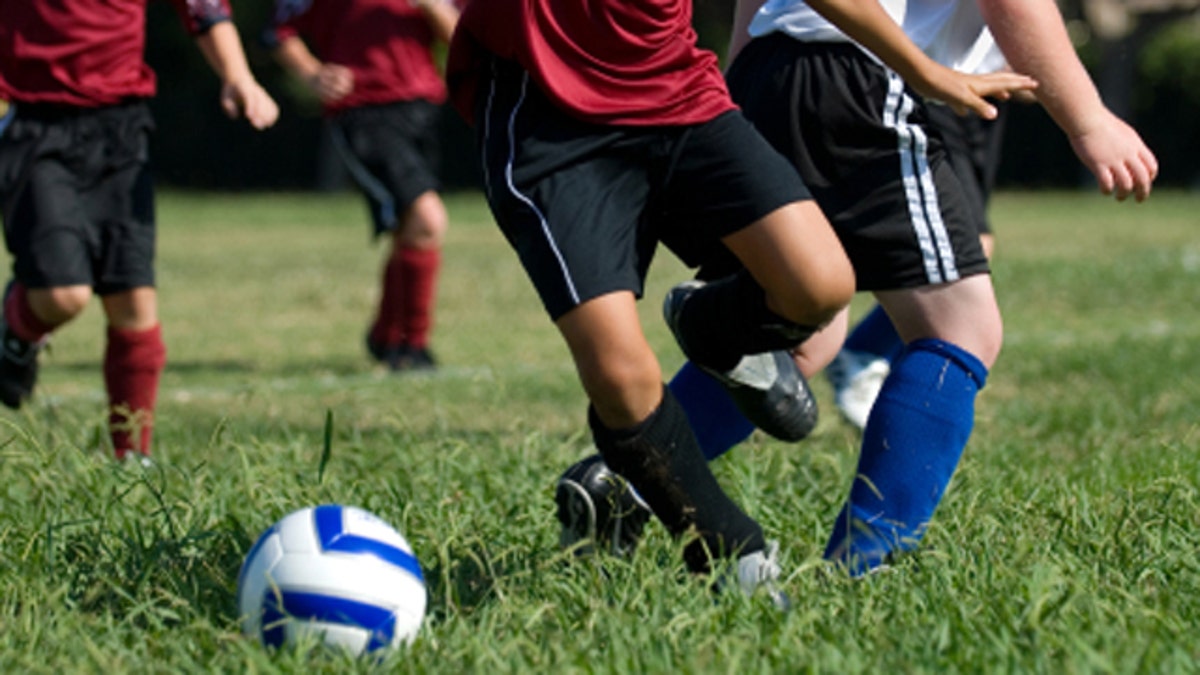
iStock Photo
The U.S. Soccer Federation is recommending a ban on headers for players 10 and under, limits for players between 11 and 13 and having medical professionals rather than coaches make decisions on whether players suspected of concussions can remain in games.
As part of an announcement that a lawsuit over concussions filed last year had been settled, the USSF said Monday it is implementing the changes for U.S. youth national teams and its development academy, which are controlled by the governing body. The USSF is strongly urging they be adopted by all of its members, which includes youth local level entities and American professional leagues not under direct authority of the defendants in the lawsuit.
U.S. youth national teams still will be bound by substitution rules of the events in which they participate, including those of FIFA and CONCACAF.
Under the new rules, a Health Care Professional (HCP) must be present at all development academy matches and will make all decisions regarding head injuries, taking decisions away from coaches. The replacement for a player who leaves a game for a suspected concussion or head injury will not count against a team's total for allowed substitutions. If the injured player is cleared to return by the HCP, he or she must replace the original substitute.
A group of youth players and parents sued in August 2014 in U.S. District Court in San Francisco, naming FIFA and the USSF as defendants along with the U.S. Youth Soccer Association, American Youth Soccer Organization, US Club Soccer and the California Youth Soccer Association.
U.S. District Judge Phyllis J. Hamilton dismissed the case against FIFA in July, and the USSF and lawyers for the plaintiffs announced a settlement Monday, when the rest of the suit was dismissed.
The USSF said within 30 days it will announce an initiative to improve concussion awareness, return-to-play protocols and substitution rules. The USSF said it had been developing a player safety campaign before the lawsuit.
"With the development of the youth concussion initiative by U.S. Soccer and its youth members, we feel we have accomplished our primary goal and, therefore, do not see any need to continue the pursuit of the litigation," Steve Berman, a lawyer for the plaintiffs, said in a statement.
The USSF said it reached out to the medical community to develop the protocols.
"In constructing the concussion component, U.S. Soccer sought input from its medical science committee, which includes experts in the field of concussion diagnosis and management, as well as from its technical advisers, and worked with its youth members to develop a true consensus-based program," Secretary General Dan Flynn said.
"While there is always more that can be done to keep our youths safe, I am confident that this agreement will help reduce the risk of concussion on the soccer field and provide the necessary tools to properly address a situation in which a head injury occurs," Kira Aka Seidel, a parent who was one of the plaintiffs, said in a statement.




















